Research
Construction workers’ alcohol use, knowledge, perceptions of risk and workplace norms
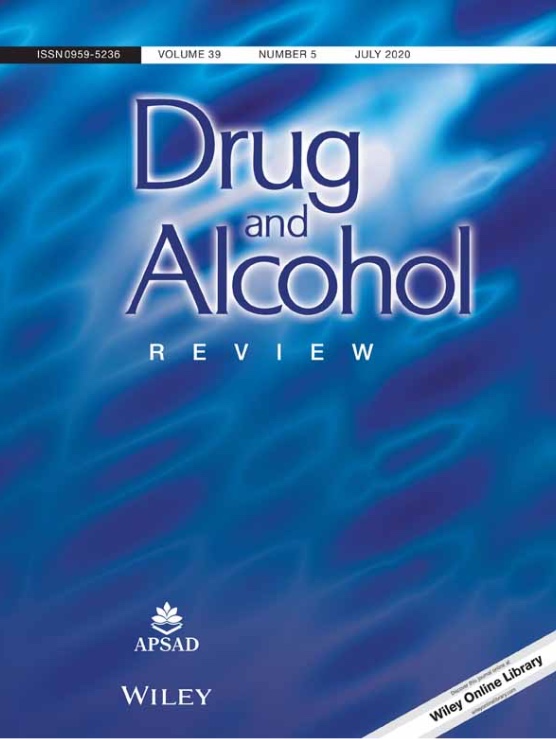
Introduction and Aims
Globally, there is growing concern regarding workers’ alcohol use and its implications for health, wellbeing and workplace safety. Male-dominated industries are more susceptible to risky alcohol consumption and its associated harms. This paper investigated the patterns, prevalence and predictors of risky drinking among construction workers.
Design and Methods
Male construction workers (n = 511) completed a survey measuring alcohol-related measures including Alcohol Use Disorders Identification Test - Concise (AUDIT-C), which was compared with population data. Hierarchical multiple regression examined alcohol-related knowledge, perception of risk to workplace safety, psychological distress, job stress, general health, quality of life and workplace alcohol culture variables as predictors of risky drinking.
Results
Prevalence of risky drinking was higher than the national average, particularly for younger (<25 years) and mid-aged (45–-54 years) workers. One in six construction workers reported workmates being visibly affected by alcohol in the workplace. Key predictors of risky drinking were perception of alcohol-related risks to workplace safety, general health, alcohol knowledge and descriptive norms regarding workmates’ alcohol use.
Discussion and Conclusions
These findings provide useful insights into the patterns and predictors of risky drinking in construction and can inform future preventive programs and interventions in high-risk workplaces. In addition to tailoring programs to both young and mid-aged workers, this work highlights the importance of implementing strategies to increase awareness of risks to workplace safety; and the adoption of norms that inhibit the social acceptability of risky drinking behaviour in the wider workplace.
Roche, A., Chapman, J., Duraisingam, V., Phillips, B., Finnane, J., Pidd, K. (2020). Construction workers’ alcohol use, knowledge, perceptions of risk and workplace norms. Drug & Alcohol Review. 39(7):941-949. Available at: https://doi.org/10.1111/dar.13075
Drug use and workplace safety: Issues and good practice responses.
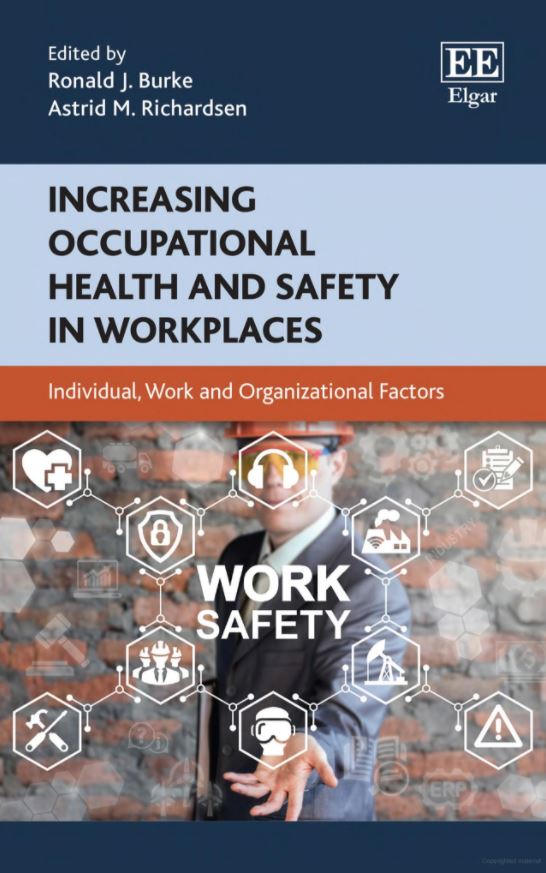
Abstract
Employee alcohol and other drug use has potential negative implications for workplace safety. This chapter reviews current evidence concerning the prevalence of employee use, implications of use for human performance and cognition, and the associated risk to workplace accident and injury. Common strategies designed to minimise risk are reviewed and good practice guidelines for implementing these strategies are provided.
Pidd, K., Roche, A, Duraisingam, V. (2019). Drug use and workplace safety: Issues and good practice responses. In R.J. Bourke and A.S. Richardsen (Eds), Increasing occupational health and safety in workplaces. Edward Elgar Publishing, Cheltenham, UK, pp 69-92. Available at: Increasing Occupational Health and Safety in Workplaces (e-elgar.com)
Do workplace policies work? An examination of the relationship between AOD policies and workers' substance use.

Abstract
Background
There is growing interest in workplace policies as a strategy to prevent or manage alcohol and other drug (AOD) problems. This study is the first to explore the prevalence and impact of AOD policies in Australian workplaces using a nationally representative dataset.
Methods
A secondary analysis of the 2010 National Drug Strategy Household Survey was conducted (n=13590). Descriptive analyses explored the prevalence of AOD policies. Multinomial and logistic regression assessed the relationship between policies and health behaviours.
Results
Workplace AOD policies were associated with reduced employee substance use. Having any AOD policy in place was associated with significantly decreased odds of high risk drinking (OR: 0.61). In terms of specific policy types, policies on ‘use’ and ‘use plus assistance’ were associated with significantly decreased odds of high risk drinking (OR: 0.64 and 0.43, respectively). ‘Comprehensive’ policies were associated with significantly decreased odds of drug use (OR: 0.72). AOD policies were not significantly related to absence due to AOD use, attending work under the influence, or usually consuming AOD at work.
Conclusion
These findings provide empirical support for the value and efficacy of polices to reduce alcohol and drug problems. While basic policies on ‘use’ were associated with a reduction in high risk drinking, more comprehensive policies were required to impact drug use. Notably, alcohol/drug testing in isolation does not appear to be related to reduced employee substance use. Scope exists for Australian workplaces to implement effective AOD policies. This could result in considerable benefits for both individuals and workplaces.
Pidd, K., Kostadinov, V., Roche, A (2016). Do workplace policies work? An examination of the relationship between AOD policies and workers' substance use. International Journal of Drug Policy (2015), Available at: http://dx.doi.org/10.1016/j.drugpo.2015.08.017
Working at heights: patterns and predictors of illicit drug use in construction workers
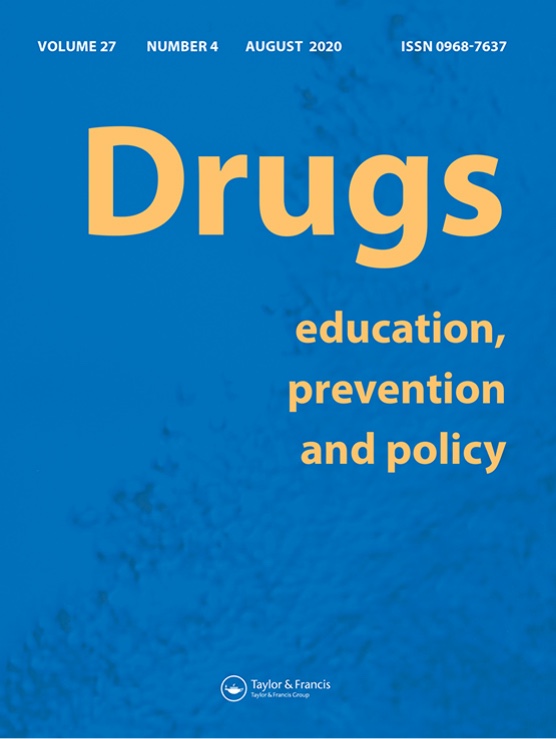
Introduction
Employee drug use poses a serious risk to health and safety in male-dominated industries yet patterns and determinants of drug use in construction are not well understood. This study assessed prevalence rates and predictors of Australian construction workers’ use of cannabis, cocaine and methamphetamine. Workers (N¼511) completed a survey that assessed use of the three drug types; alcohol use; general health and mental health; job stress and the workplace cultural norms for each drug. Hierarchical binary logistic regressions examined predictors. Use of each drug over the past 12months was two–five times higher than the national averages. Higher alcohol consumption was a consistent predictor across drug types and younger age and poorer general health were predictive of cannabis and cocaine use. Higher psychological distress was associated only with cannabis use. Workplace availability, descriptive and injunctive norms were significant predictors of cocaine use. The findings highlight concerning patterns of drug use in construction, particularly high levels of cocaine, with serious implications. The influence of cocaine workplace availability and norms highlight the importance of the workplace culture. Multi-component approaches involving culture change and individual-level responses that target vulnerable workers are required to minimize risk from drug-related harm.
Conclusion
This study provides unique insight into the prevalence and predictors of drug use in a sample of Australian construction workers, with broader implications for the development and implementation of workplace strategies to respond to health and safety-related harms in the workplace. Findings indicated that construction remains a high-risk industry for AOD-related harm, with high levels of cocaine. Norms and availability of cocaine in the workplace were associated with use in the past 12 months, demonstrating the important influence of social and cultural context on worker drug use. Multi-component approaches, involving culture change, education and policy responses have potential to reach a substantial proportion of vulnerable workers and minimise risk from drug related harm.
Chapman, J., Roche, A.M., Duraisingam, V., Phillips, B., Finnane, J., & Pidd, K. (2020). Working at heights: Patterns and predictors of illicit drug use in construction workers. Drugs: Education, Prevention & Policy. 28(1), 67-75. Available at: https://doi.org/10.1080/09687637.2020.1743645
Exploring the relationship between psychological distress and likelihood of help seeking in construction workers: The role of talking to workmates and knowing how to get help.
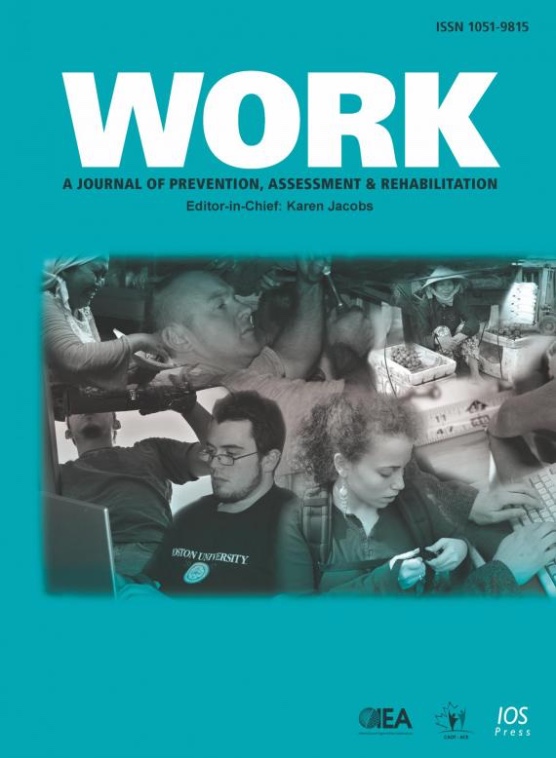
Background
Mental health problems are prevalent in male-dominated industries such as construction, where suicide rates are higher than the population average and help-seeking is typically low.
Objective
To examine psychological distress in Australian construction workers and its relationship with help seeking via two hypothesised mediators: confidence in knowing how to get help and confidence in talking to workmates about mental health issues.
Methods
Workers (N=511) completed a survey that assessed psychological distress, likelihood of help seeking, and confidence in knowing how to get help and talking to workmates. Bootstrapped multiple mediation analysis was performed using the PROCESS macro for SPSS.
Results
Psychological distress was higher than national estimates and most prevalent in men aged 25-44. Controlling for age and ability to recognise personal signs of mental health problems, psychological distress negatively predicted likelihood of help seeking. This relationship was partially mediated by knowing how to get help and confidence in talking to workmates.
Conclusions
Results highlight the need to redress and mitigate mental health problems among high-risk groups of male workers. It provides useful guidance on multilevel workplace strategies to reduce stigma, enhance confidence and comfort in the process of seeking help and support in construction and other male-dominated industries.
Chapman, J., Roche, A., Duraisingam, V., Ledner, B., Finnane, J., Pidd., K. (2020). Exploring the relationship between psychological distress and likelihood of help seeking in construction workers: The role of talking to workmates and knowing how to get help. Work, 67(1): 47-54. Available at: DOI:10.3233/WOR-203251
Flying below the radar: Psychoactive drug use among young male construction workers in Sydney, Australia
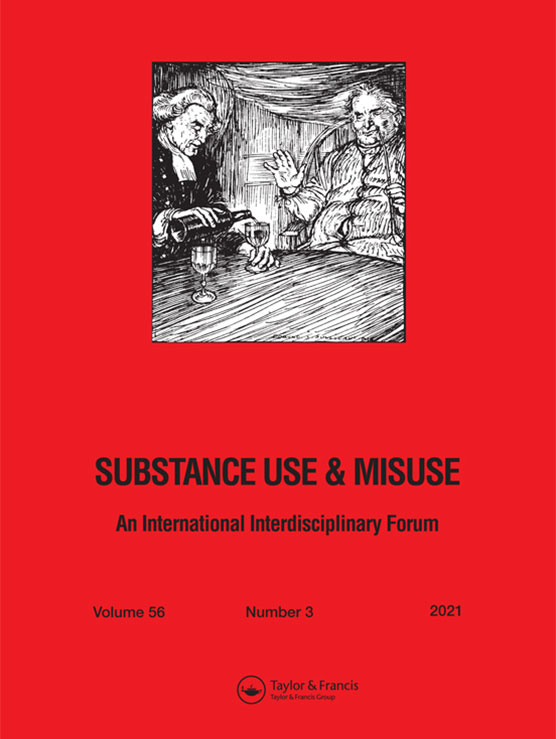
Background
Globally, there is growing concern regarding workers’ illicit drug use and its implications for health and workplace safety. Young workers in male-dominated industries, such as construction, may be more susceptible to illicit drug use, risky drinking and its associated harms.
Purpose/objectives
To investigate drug use and perceptions of risk among male construction workers, drawing comparisons between workers under 25 years with older age groups.
Methods
Workers in Sydney, Australia (N=511) completed a survey measuring past year illicit drug and alcohol use, psychological distress and perceptions of drug-related risks to health and safety. Prevalence in the total sample was compared with national estimates and differences between younger and older survey respondents were examined using logistic regression models.
Results
Survey respondents’ cocaine, meth/amphetamine and cannabis use was significantly higher than estimates of male employees nationally (OR=6.60, 3.58, 1.61, respectively). Young workers £24 were more likely to frequently use illicit drugs, drink heavily, and report psychological distress than those aged 35+. Workers £24 were least likely to perceive that drug use posed high risks to health or safety when compared with 25-34 and 35+ age groups.
Conclusions/importance
The findings highlight the high prevalence of illicit drug use amongst young construction workers, representing threats to workplace safety even if used outside work hours. Greater emphasis on potential adverse effects of alcohol and drug use and closer examination of contributory workplace factors is required. These findings have practical implications to inform occupational health and safety programs and interventions in high-risk workplaces.
Roche, A., Chapman J., Duraisingam V., Phillips B., Finnane, J., Pidd K. (2021) Flying below the radar: Psychoactive drug use among young male construction workers in Sydney, Australia. Substance Use and Misuse. Available at: https://doi.org/10.1080/10826084.2021.1892139
Workplace alcohol harm reduction intervention in Australia: Cluster non-randomised controlled trial.

Abstract
Introduction and Aims. The workplace holds substantial potential as an alcohol harm reduction and prevention setting. Few studies have rigorously examined strategies to reduce workplace alcohol-related harm. Hence, an in-situ 3 year trial of a comprehensive alcohol harm reduction intervention in Australian manufacturing workplaces was undertaken.
Design and Methods. Informed by a gap analysis, a multi-site trial was undertaken. Three manufacturing industry companies, located at four separate worksites, with a minimum of 100 employees were recruited through a local industry network. Based on worksite location, two worksites were allocated to the intervention group and two to the comparison group. The pre-specified primary outcome measure, risky drinking (Alcohol Use Disorders Identification Test, AUDIT-C) and other self-report measures were collected pre-intervention (T1), 12 months (T2) and 24 months post-intervention (T3).
Results. No significant intervention effect was observed for the primary outcome measure, risky drinking. Significant intervention effects were observed for increased awareness of alcohol policy and employee assistance. At T3, the odds of intervention group participants being aware of the workplace policy and aware of employee assistance were 48.9% (95% confidence interval 29.3–88.9%) and 79.7% (11.5%, 91.8%), respectively, greater than comparison group participants.
Discussion and Conclusions. Comprehensive tailored workplace interventions can be effective in improving workplace alcohol policy awareness. This is one of few workplace alcohol trials undertaken to-date and the findings make an important contribution to the limited evidence base for workplace alcohol harm prevention initiatives.
Pidd, K., Roche, A., Cameron, J., Lee, N., Jenner, L., Duraisingam, V. (2018). Workplace alcohol harm reduction intervention in Australia: Cluster non-randomised controlled trial. Drug and Alcohol Review, 37(4), 502-513. Available at: https://doi.org/10.1111/dar.12660
Men, work and mental health: A systematic review of depression in male-dominated industries.
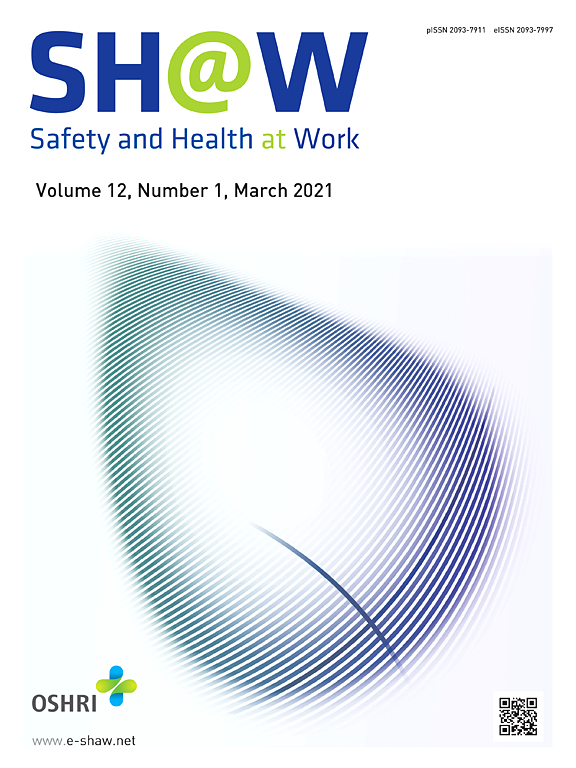
Abstract
Among men, depression is often unrecognised and untreated. Men employed in male-dominated industries and occupations may be particularly vulnerable. However, efforts to develop tailored workplace interventions are hampered by lack of prevalence data. A systematic review of studies reporting prevalence rates for depression in male dominated workforce groups was undertaken. Studies were included if they were published between 1990 - June 2012 in English, examined adult workers in male-dominated industries or occupations (> 70% male workforce), and used clinically relevant indicators of depression. Twenty studies met these criteria. Prevalence of depression ranged from 0.0% to 28.0%. Five studies reported significantly lower prevalence rates for mental disorders among male-dominated workforce groups than comparison populations, while six reported significantly higher rates. Eight studies additionally found significantly higher levels of depression in male-dominated groups than comparable national data. Overall, the majority of studies found higher levels of depression among workers in maledominated workforce groups. There is a need to address the mental health of workers in male-dominated groups. The workplace provides an important but often overlooked setting to develop tailored strategies for vulnerable groups.
Roche A., Pidd, K., Fischer, J., Lee, N., Scarfe, A., Kostadinov, V. (2016). Men, work and mental health: A systematic review of depression in male-dominated industries. Safety and Health at Work, 7, 268-283. Available at: ScienceDirect (free access)
Alcohol and drug related absenteeism: A costly problem.

Abstract
Objective
Absenteeism related to alcohol and other drug (AOD) use can place a substantial burden on businesses and society. This study estimated the cost of AOD-related absenteeism in Australia using a nationally representative dataset. Methods: A secondary analysis of the 2013 National Drug Strategy Household Survey (n=12,196) was undertaken. Two measures of AOD-related absenteeism were used: participants’ self-reported absence due to AOD use (M1); and the mean difference in absence due to any illness/ injury for AOD users compared to abstainers (M2). Both figures were multiplied by $267.70 (average day’s wage in 2013 plus 20% on-costs) to estimate associated costs. Results: M1 resulted in an estimation of 2.5 million days lost annually due to AOD use, at a cost of more than $680 million. M2 resulted in an estimation of almost 11.5 million days lost, at a cost of $3 billion. Conclusions: AOD-related absenteeism represents a significant and preventable impost upon Australian businesses. Implications: Workplaces should implement evidence-based interventions to promote healthy employee behaviour and reduce AOD-related absenteeism.
Ro he, A., Pidd, K., Kostadinov, V. (2016). Alcohol and drug related absenteeism: A costly problem. Australian and New Zealand Journal of Public Health, 40(3), 236-238. Available at: https//doi.org/10.1111/1753-12414 (free access)
How effective is drug testing as a workplace safety strategy? A systematic review of the evidence.
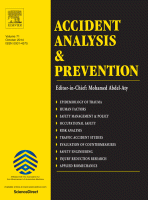
Abstract
The growing prevalence of workplace drug testing and the narrow scope of previous reviews of the evidence base necessitate a comprehensive review of research concerning the efficacy of drug testing as a workplace strategy. A systematic qualitative review of relevant research published between January 1990 and January 2013 was undertaken. Inclusion criteria were studies that evaluated the effectiveness of drug testing in deterring employee drug use or reducing workplace accident or injury rates. Methodological adequacy was assessed using a published assessment tool specifically designed to assess the quality of intervention studies. A total of 23 studies were reviewed and assessed, six of which reported on the effectiveness of testing in reducing employee drug use and 17 which reported on occupational accident or injury rates. No studies involved randomised control trials. Only one study was assessed as demonstrating strong methodological rigour. That study found random alcohol testing reduced fatal accidents in the transport industry. The majority of studies reviewed contained methodological weaknesses including; inappropriate study design, limited sample representativeness, the use of ecological data to evaluate individual behaviour change and failure to adequately control for potentially confounding variables. This latter finding is consistent with previous reviews and indicates the evidence base for the effectiveness of testing in improving workplace safety is at best tenuous. Better dissemination of the current evidence in relation to workplace drug testing is required to support evidence-informed policy and practice. There is also a pressing need for more methodologically rigorous research to evaluate the efficacy and utility of drug testing.
Pidd, K., Roche, A. (2014). How effective is drug testing as a workplace safety strategy? A systematic review of the evidence. Accident Analysis and Prevention, 71, 154-165. Available at: ScienceDirect
Trainee chef’s experience of alcohol, tobacco and drug use.
Abstract
Trainee chefs beginning work for the first time are vulnerable to risky levels of alcohol and other drug (AOD) use. The present study explores the nature and extent of AOD use among this population, drivers of use, and correspondence with the stress, availability, social norms, and culture theories of employee substance use. Nine focus groups were conducted with trainee chefs from two Technical and Further Education (TAFE) colleges in New South Wales. Trainees' experiences of working in commercial cookery, working conditions, and AOD use were explored, and themes identified. Participants (N ¼ 69) reported high levels of alcohol, illicit drug and tobacco use, but perceived this to be due to personal rather than work-related factors. Despite this, responses indicated that workplace factors did play a substantial role. In particular, work stress, social norms, and AOD accessibility contributed to a workplace culture that facilitated substance use. Results suggest that young chefs are heavily influenced by workplace norms regarding AOD use but seem to be largely unaware of the relationship between working conditions and alcohol and drug use. Interventions are required to raise trainees' awareness of this relationship, and to build their capacity to respond appropriately. Implications for prevention strategies are discussed.
Pidd, K., Roche, A., Kostadinov, (2014). Trainee chef’s experience of alcohol, tobacco and drug use. Journal of Hospitality and Tourism Management, 21, 108-115. Available at: ScienceDirect
A recipe for good mental health: A pilot randomised controlled trial of a psychological wellbeing and substance use intervention targeting young chefs.

Abstract
Aims
Workforce entry is a key transition period. It offers an ideal, but under-utilised opportunity to implement intervention strategies to prevent mental health and substance use problems among young people. A brief psychological wellbeing and substance use intervention targeting a high-risk group – apprentice chefs – was undertaken to explore this opportunity.
Method
A RCT design (N ¼ 71) was used. The intervention group received two face-to-face sessions, and controls received five related information sheets during the first 2 weeks of training, with 4-month follow-up.
Results
These apprentices were a high-risk group for alcohol and other drug harm and poor psychological wellbeing. At T1, 70% of the participants had AUDIT scores indicating problem drinking; 28% had used cannabis and 18% had used amphetamines in the last 12 months; and 24% had high K10 scores. At T2, the intervention group had significantly reduced risky alcohol use (p ¼ 0.008), improved psychological distress (p ¼ 0.045) and ability to talk with supervisors about work issues (p ¼ 0.001) and cope with work stress (p ¼ 0.001) and verbal abuse (p ¼ 0.005), compared to the control group.
Conclusions
Brief tailored interventions, delivered in an occupational training environment, have potential to reduce substance use risk and enhance young workers’ psychological wellbeing.
Pidd, K., Roche, A., Fischer, J. (2015). A recipe for good mental health: A pilot randomised controlled trial of a psychological wellbeing and substance use intervention targeting young chefs. Drugs, Education, Prevention and Policy, 22(4), 352-361. Available at: https//doi.org/10.3109/09687637.2015.1016400
Intoxicated workers: Findings from a national Australian survey.
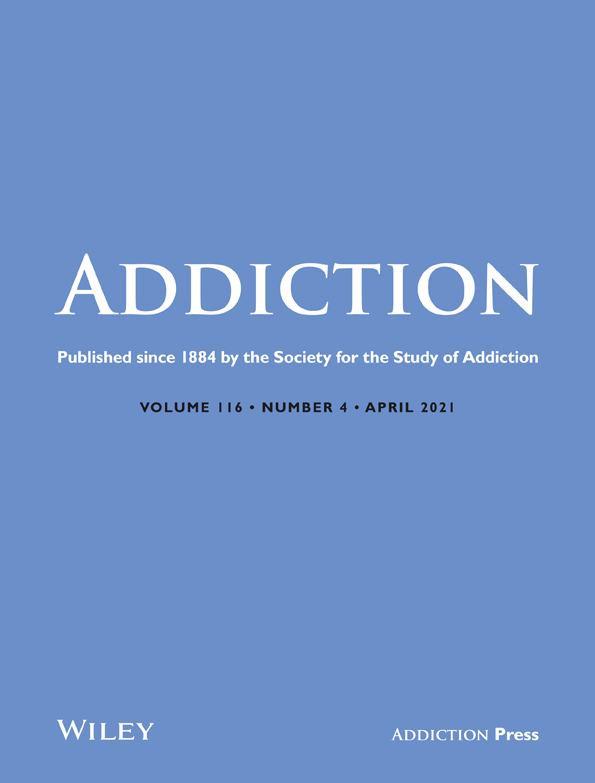
Abstract
Aims: To identify prevalence of alcohol and drug use and intoxication at work.
Participants: A total of 9828 Australian workers 14 years old.
Setting: Australia 2007.
Measurements: Work-place alcohol use and drug use, intoxication at work, industry and occupation of employment.
Design: Secondary analysis of a large nationally representative survey involving descriptive and weighted multivariate logistic regressions.
Findings: Differential patterns were identified by drug type, worker characteristics and occupational setting, controlling for demographic variables. Nearly 9% of workers surveyed (8.7%) usually drank alcohol at work and 0.9% usually used drugs at work. Attending work under the influence of alcohol was more prevalent (5.6%) than attending work under the influence of drugs (2.0%), and significantly more likely among young, male, never married workers with no dependent children. Hospitality industry workers were 3.5 times more likely than other workers to drink alcohol and two to three times more likely to use drugs at work or attend work under the influence of alcohol or drugs. Other high-risk industries and occupations included construction, financial services, tradespersons and unskilled workers.
Conclusion: More than one in 20 Australian workers admit to having worked under the influence of alcohol and almost one in 50 report attending work under the influence of psychoactive drugs. The rates are higher for some industries, such as the hospitality industry, than others.
Pidd, K., Roche, A., Buisman-Pijlman, F. (2011). Intoxicated workers: Findings from an national Australian survey. Addiction, 106, 1623-1633. Available at: https//doi.org/10.1111/j.1360-0443.2011.03462.x
Young construction workers: substance use, mental health, and workplace psychosocial factors.
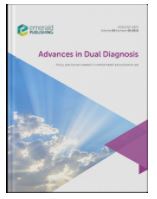
Abstract
Purpose
Young Australian workers are at elevated risk of mental health and alcohol and other drug related problems. The purpose of this paper is to examine the relationship between alcohol and drug (AOD) use, psychological wellbeing, and the workplace psychosocial environment among young apprentices in the construction industry.
Design/methodology/approach
A cross-sectional survey of a cohort of 169 construction industry apprentices in their first year of training was undertaken. The survey included measures of psychological distress (K10), quantity/frequency measures of alcohol and illicit drug use, and workplace psychosocial factors.
Findings
Construction industry apprentices are at elevated risk of AOD related harm and poor mental health. Levels of psychological distress and substance use were substantially higher than age/gender equivalent Australian population norms. Job stress, workplace bullying, and general social support accounted for 38.2 per cent of the variance in psychological distress. General social support moderated the effects of job stress and bullying on psychological distress. Substance use was not associated with psychological distress. However, workplace social support accounted for 2.1 per cent of the variance in AUDIT-C scores, and 2.0 per cent of the variance in cannabis use. Workplace bullying explained 2.4 per cent of the variance in meth/amphetamine use.
Practical implications
Construction trades apprentices are a high-risk group for harmful substance use and poor mental health. Study results indicate that psychosocial wellbeing interventions are warranted as a harm reduction strategy.
Originality/value
This is the first study of its kind to describe a cohort of Australian construction trade apprentices in terms of their substance use and psychological wellbeing. The study shows workplace psychosocial factors may predict young workers psychological wellbeing.
Pidd, K., Duraisingam, V., Roche, A., Trifonoff, A. (2017) Young construction workers: substance use, mental health, and workplace psychosocial factors. Advances in Dual Diagnosis,10(4), 155-168. Available at: Emerald Insight
Risky behaviours, risky work settings: The alcohol and drug consumption patterns, health and wellbeing of commercial cookery trainees.
Abstract
International research indicates workers employed in commercial cookery, particularly young workers, are a vulnerable group for risky alcohol and drug use and psychological harm. In order to address the lack of Australian research on this issue, we examined alcohol and other drug consumption patterns and psycho-social wellbeing of a cohort of first year commercial cookery entrants using a cross sectional survey. Sixty five per cent had AUDIT-C scores indicative of risky drinking, 27% were daily tobacco smokers, 26% had used cannabis and 16% had used amphetamines in the past 12 months, most reported their quality of life and health status as good, and 25% reported high/ very high levels of psychological distress. These prevalence rates were substantially higher than comparable national prevalence rates. The results of this preliminary and exploratory study indicate young workers in the commercial cookery sector of the hospitality industry may be at particular risk of alcohol and drug related harm and psychological distress. These findings suggest tailored intervention strategies to address related harms are an imperative.
Pidd, K., Roche, A., Fischer, J., McCarthy, C. (2014) Risky behaviours, risky work settings: The alcohol and drug consumption patterns, health and wellbeing of commercial cookery trainees. Journal of Health Safety and Environment, 30(2): 301-311. Available at: researchgate (free access)

